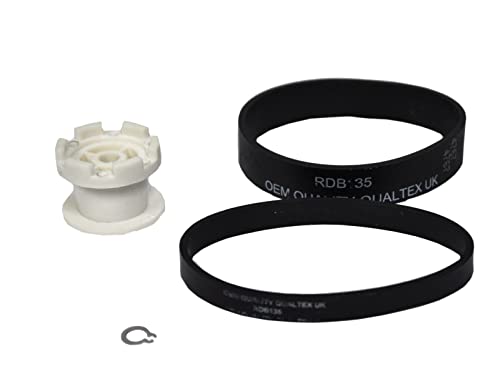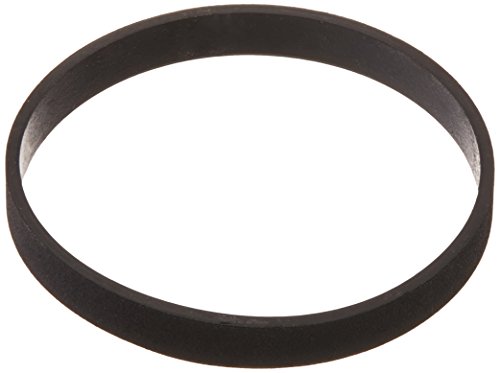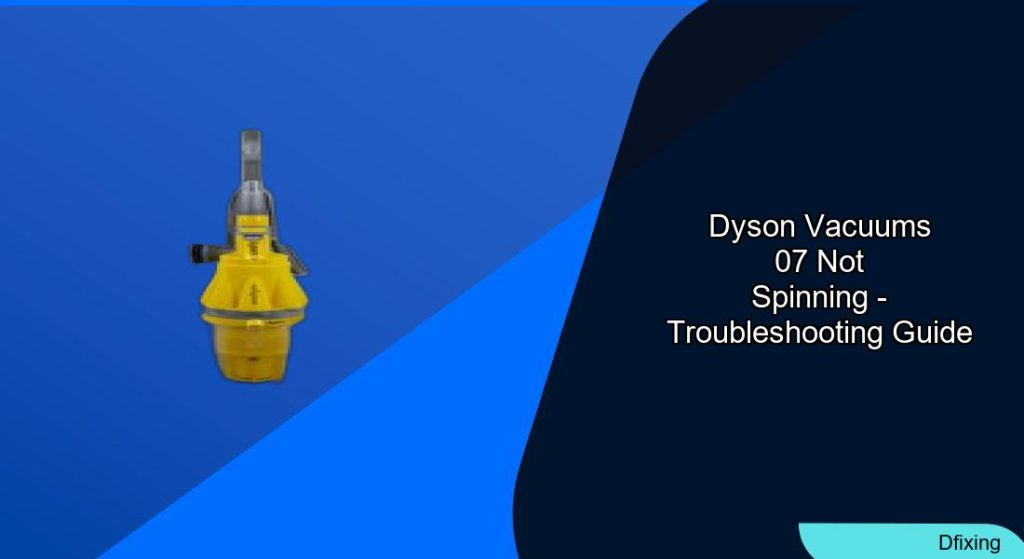A non-spinning brush bar in your Dyson DC07 can turn cleaning into a frustrating chore. This critical component agitates carpets and lifts debris, so when it stalls, suction power drops, and dirt lingers. The good news? Most issues causing this problem—from blockages to worn parts—can be resolved with basic tools and a bit of know-how. Whether you’re dealing with tangled hair, a faulty clutch, or motor troubles, this guide walks you through diagnosing the root cause, step-by-step fixes, and maintenance tips to keep your vacuum humming.
Affiliate disclosure: As an Amazon associate, We'll earn a commission for every successful order through our affiliate links in the article. However, you won’t be charged anything for this.
This article covers everything from simple debris removal to clutch replacements, drawing on real user experiences and expert insights. You’ll learn how to inspect internal components, avoid common DIY pitfalls, and decide when to call in professionals. By the end, you’ll be equipped to restore your Dyson’s performance or determine if part replacements are necessary.
Why Your Dyson DC07 Brush Bar Stops Spinning
The brush bar’s failure to rotate typically stems from three primary causes: blockages, worn components, or motor issues. Identifying the culprit early saves time and effort.
Blockages: The Most Common Culprit
Hair, threads, or small debris often wrap around the brush bar, creating friction that stops it mid-spin. These obstructions are usually visible once the floor tool is removed. Regular cleaning prevents buildup, but if neglected, they can strain the motor or damage the clutch over time.
Worn-Out Parts: Bearings and Clutch Failure
The brush bar relies on bearings for smooth rotation. Over time, these can degrade, causing grinding noises or complete stoppage. More critically, a faulty clutch—the component transferring power from the motor to the brush bar—often causes the bar to stall. A clutch worn from use or debris may fail to engage, even if the motor runs normally. Users like Manfred_89 report intermittent issues after cleaning, pointing to clutch instability.
Motor Malfunctions: Rare but Serious
While less common, motor failure can occur due to electrical faults or overheating. If the motor hums but the brush bar remains still, or if the vacuum emits a burning smell, internal wiring or motor damage might be the cause.
Step-by-Step Guide to Restore Brush Bar Rotation
Follow these steps to troubleshoot and fix the issue:
Step 1: Power Down and Inspect for Blockages
Safety first: Unplug the vacuum, then remove the floor tool by unscrewing its screws. Pull the tool away to expose the brush bar. Shine a flashlight to spot hair or debris. Use scissors to cut tangled threads and a brush to clear dust.
Step 2: Test the Brush Bar Bearings
Spin the bar manually. If it resists or wobbles, the bearings are likely worn. Remove the bar (unscrew from the housing) and replace it if damaged.
Step 3: Check the Clutch
The clutch sits near the motor under the vacuum’s bottom plate. Remove the plate’s screws, locate the clutch assembly, and inspect for cracks or debris. If the clutch spins freely but the brush bar doesn’t engage, replace it. Use a flathead screwdriver to pry off the clutch cover, disconnect it, and install a new clutch aligned with mounting points.
If the clutch is damaged or worn, it will need to be replaced to restore power to the brush bar.

Official Dyson replacement clutch assembly for DC07 models

Includes clutch cog, clip, and two belts for DC07

4-piece belt set for Dyson DC07 clutch system

Genuine Dyson clutch belt for DC07
Step 4: Reassemble and Test
Secure the bottom plate, plug in the vacuum, and turn it on. Confirm the brush bar spins without noise. If issues persist, check electrical wires for fraying or loose connections.
Step 5: Perform Routine Maintenance
Clean the brush bar weekly and inspect the belt monthly. Avoid vacuuming large debris to prevent future blockages.
User Insights: Real Fixes from Real Users
- Sid_Tha_Sloth resolved the issue by manually adjusting the clutch for hard floors.
- Cold_Beautiful5001 discovered the brush spins upside-down but stalls when upright, indicating a possible alignment problem.
- Homerboy found a “kick-start” to the roller head revived its function temporarily.
When to Seek Professional Help
DIY fixes aren’t always foolproof. Contact Dyson Customer Support or a certified repair center if:
– The motor fails after replacing the clutch and bearings.
– Electrical components show signs of damage.
– The brush bar stalls repeatedly despite thorough cleaning.
Pros and Cons of DIY Repairs
| Pros | Cons |
|---|---|
| Cost-effective | Risk of damaging parts |
| Quick fixes without wait | Requires technical skill |
| Learning experience | Warranty may be voided |
Frequently Asked Questions (FAQ)
Why does my Dyson DC07 brush bar stop spinning only on carpets?
The clutch adjusts for different floor types. If it’s misaligned or clogged with debris, it may fail to engage on carpets. Clean the clutch area or adjust it manually.
Can I replace the brush bar myself?
Yes. Purchase a compatible replacement, unscrew the old bar, and install the new one. Ensure bearings are lubricated for smooth operation.
How often should I clean the brush bar?
Weekly cleaning prevents hair and debris buildup, which can strain the motor or clutch.
What tools are needed for clutch replacement?
A Phillips head screwdriver, flathead screwdriver, needle-nose pliers, and a replacement clutch (around $15–$25).
Is it worth repairing an older Dyson model?
If the motor works and only parts like the clutch or brush bar are faulty, repairs are cost-effective. However, recurring mechanical issues may signal the need for a new vacuum.
Conclusion
A Dyson DC07 brush bar not spinning is often a solvable issue, whether through simple debris removal, clutch replacement, or routine maintenance. By following this guide, you can extend your vacuum’s lifespan and avoid costly repairs. For persistent problems, Dyson’s support team or certified technicians offer reliable solutions. Regular upkeep—cleaning the brush bar, inspecting bearings, and checking electrical connections—ensures your Dyson stays efficient for years.







